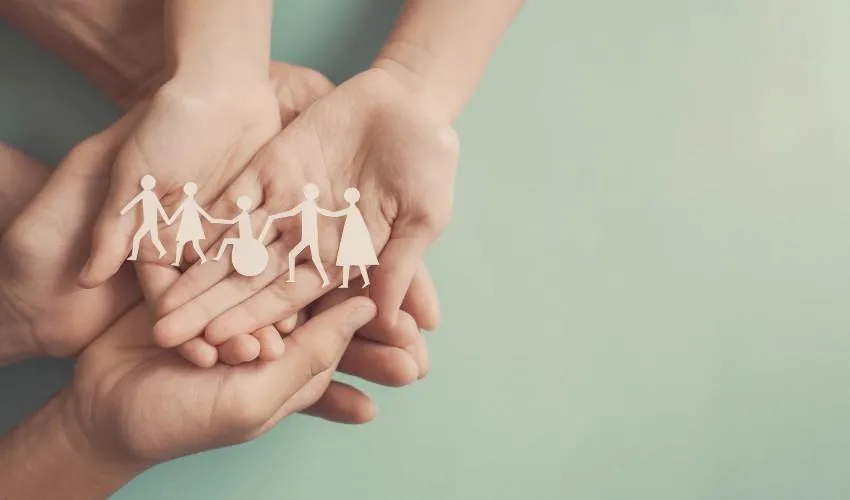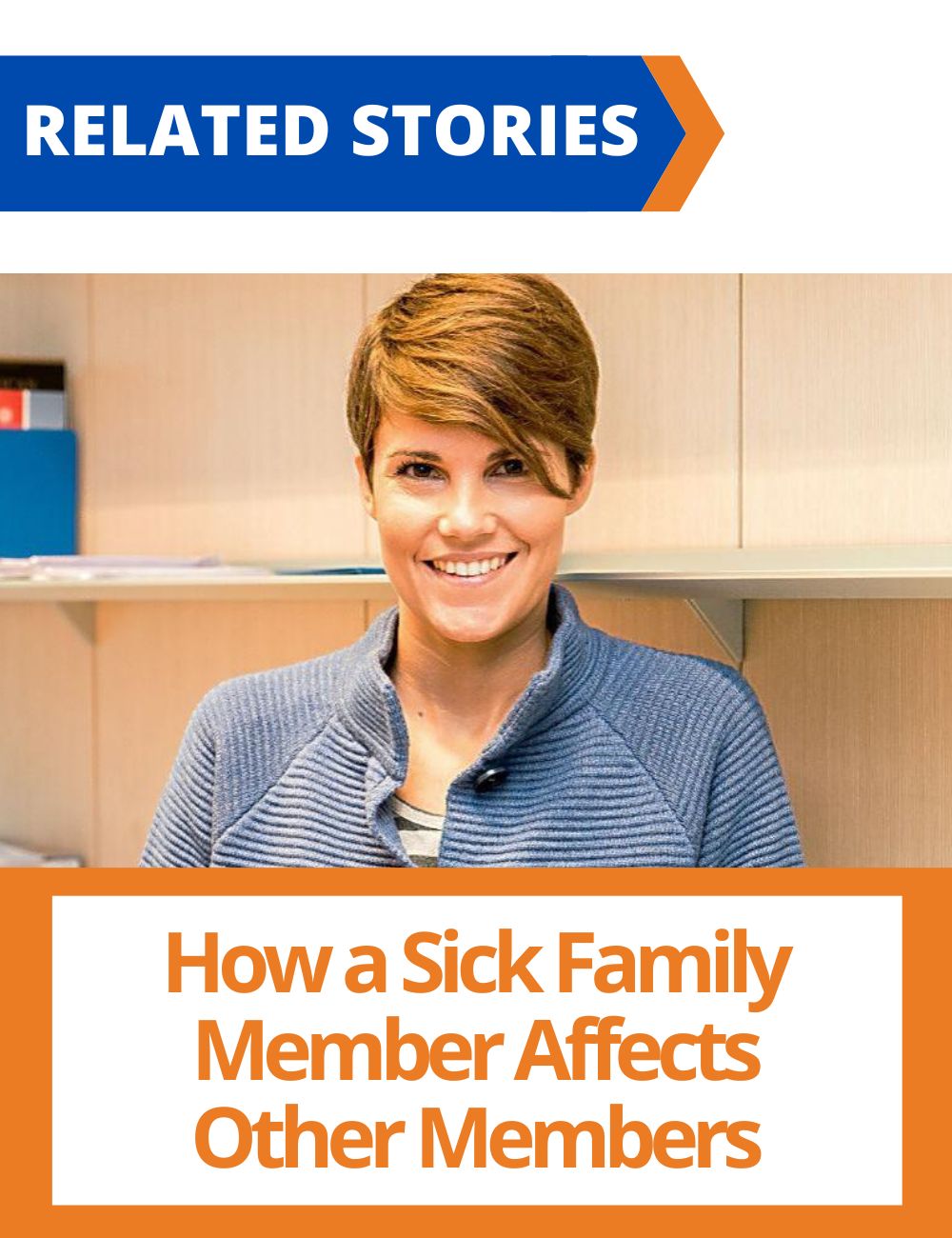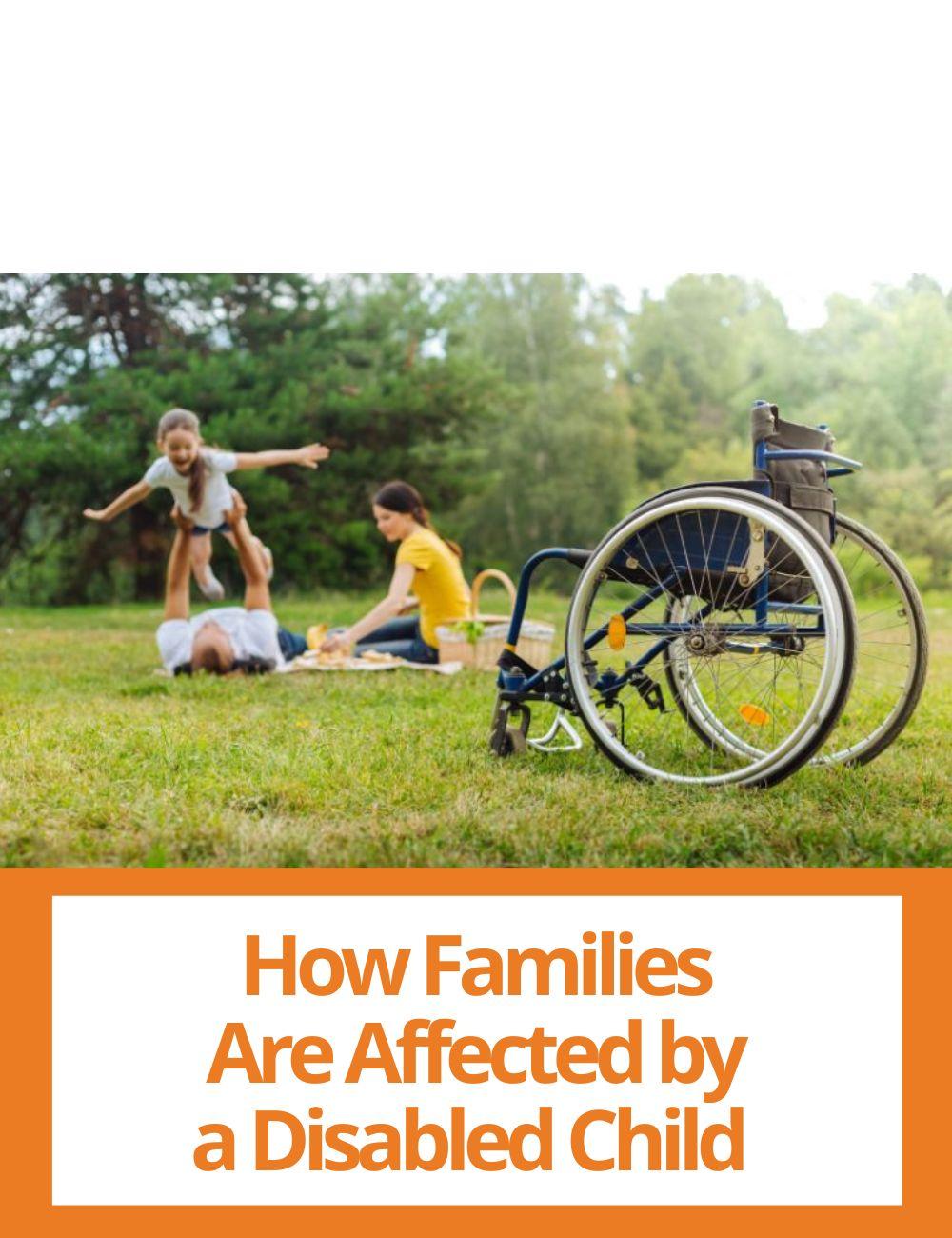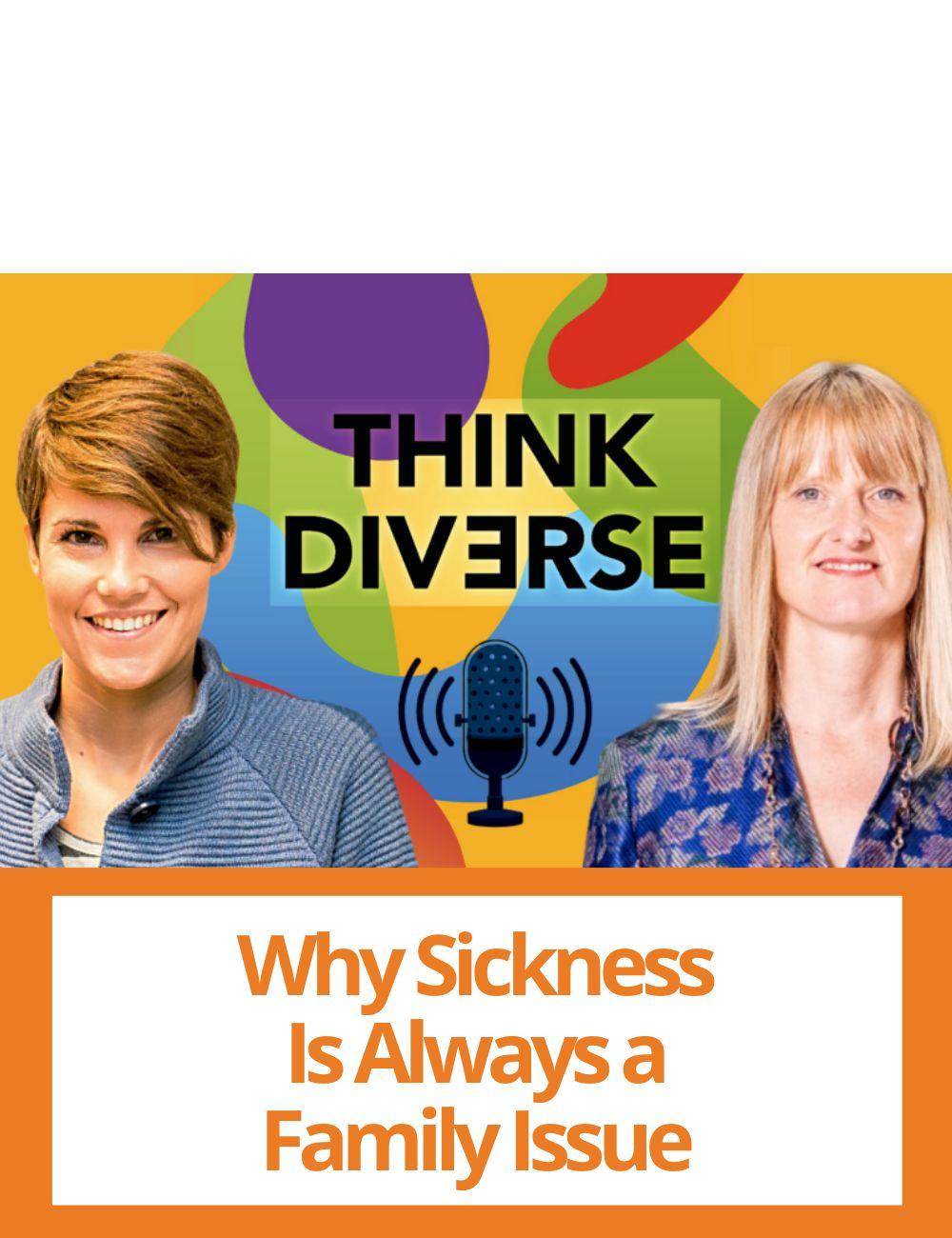
Disability: How Social Sciences Can Help
If disability were just a health issue, only medicine could improve the lives of people with disabilities. Instead, the World Health Organization has long defined disability as the result of the interconnection between physical impediment and the environment, understood as the social context. Social sciences can then certainly play an important role.
"Disability becomes most visible when environmental and social barriers and constraints prevent persons from fully expressing themselves. Social sciences, in this sense, aim to understand how these barriers can be reduced or removed, in order to give people with disabilities the same opportunities as others," explains Nicoletta Balbo, a sociologist who studies disability and who recently received a grant from the European Research Council to shed light on the effects of a child's disability on other family members. She will also lead, among other things, a project funded by the Cariplo Foundation for an in-depth study of access to and availability of services for children with disabilities in Italy. "When social sciences study a person's life course they look at the individual as a whole: their core features, socio-economic status, but also at the condition of their community, their family and social relationships, and the macro-structure, meaning culture and institutions."
Multiplier effect
To improve the lives of people with disabilities, we must therefore understand the multiple levels within which a person's life unfolds and pay attention to the lives connected to them, those of the people around them, such as those who serve as caregivers. "There is a multiplier effect," says Balbo, "whereby improving the lives of those with disabilities improves the lives of caregivers, and improving the lives of caregivers improves the lives of people with disabilities."
This is, however, a path that the social sciences have only recently embarked on, and its foundations have yet to be completed. "People with disabilities are considered a marginal group and are underrepresented in survey, administrative, or census data. We still need a standard definition of disability and a universally recognized measurement system that would allow reliable data to be compared across time and space."
Disability and gender
A working paper by Balbo and Danilo Bolano, a colleague of hers at Bocconi's Dondena Centre for Research on Social Dynamics and Public Policy, studying a representative sample of the Italian population, estimates that 5 percent of children and youth under 18 have long-term or permanent functional limitations.
The study explores the relationships between a child's disability and mental health, on one side, and civic engagement of parents, on the other, shedding light on how the issue of disability is intertwined with that of gender. It actually finds a negative relationship with the mental health and subjective well-being of mothers, but not with that of fathers, "as a reflection of a social and gender structure like Italy's," Balbo comments, "which casts mothers as the main, if not the only, caregivers."



Positive implications
Gender differences remain evident even when observing a positive implication of the presence of a child with disabilities in the family: the increased civic engagement of parents. Both mothers and fathers are more active than the rest of population, but mothers in volunteering and activism, fathers in politics. "These differences," Balbo continues, "suggest that we cannot talk about the effects of disability on the family in general, but that it makes sense to go deeper, adapting research to roles. Brothers, sisters, and grandparents have different experiences and are not affected in the same way."
"A greater civic activism by parents," Balbo concludes, "often stems from the need to create a social network of support for themselves, but it also shows that these families can create social capital that benefits the whole community and, for this, they deserve even bigger support."